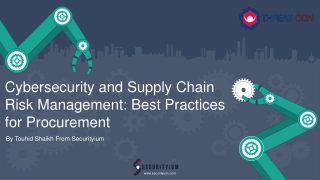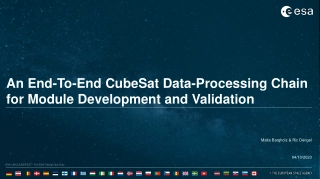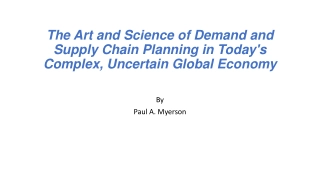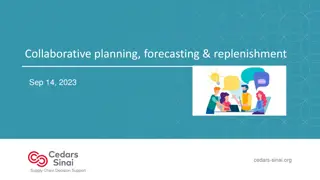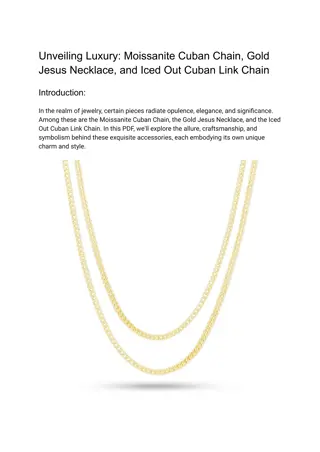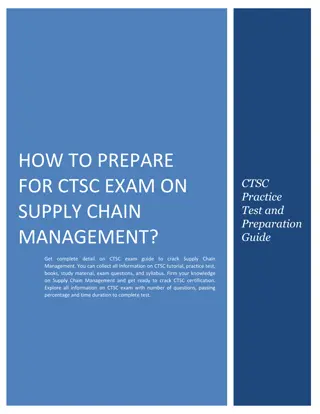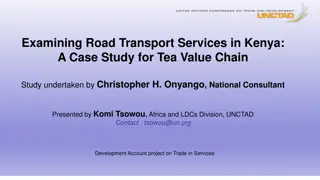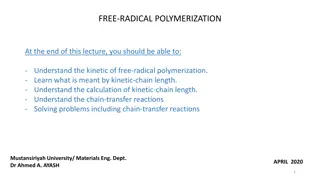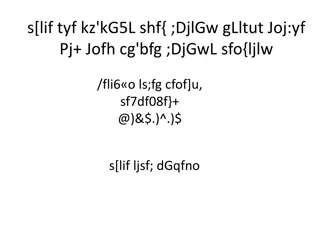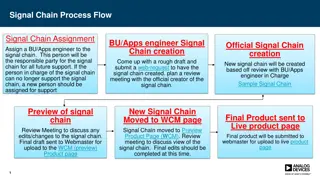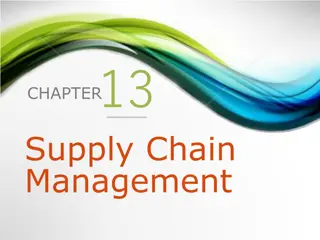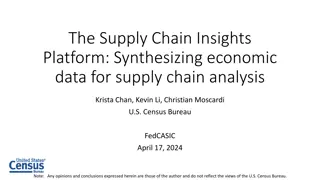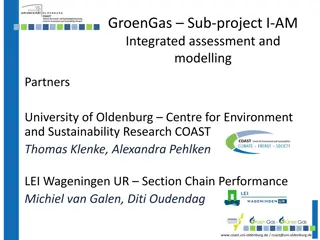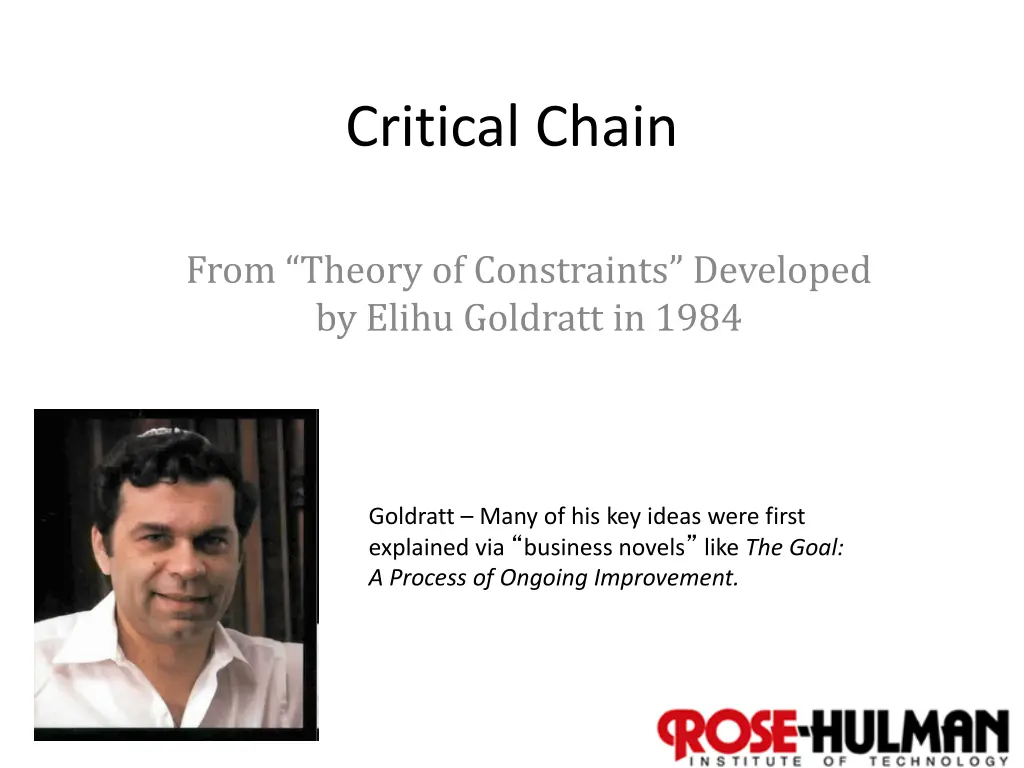
Understanding Theory of Constraints: Key Concepts and Applications
Delve into the Theory of Constraints (TOC) developed by Elihu Goldratt in 1984, exploring its influence on project productivity through ideas like Critical Chain. Discover the impact of managing constraints effectively on achieving organizational goals.
Download Presentation

Please find below an Image/Link to download the presentation.
The content on the website is provided AS IS for your information and personal use only. It may not be sold, licensed, or shared on other websites without obtaining consent from the author. If you encounter any issues during the download, it is possible that the publisher has removed the file from their server.
You are allowed to download the files provided on this website for personal or commercial use, subject to the condition that they are used lawfully. All files are the property of their respective owners.
The content on the website is provided AS IS for your information and personal use only. It may not be sold, licensed, or shared on other websites without obtaining consent from the author.
E N D
Presentation Transcript
Critical Chain From Theory of Constraints Developed by Elihu Goldratt in 1984 Goldratt Many of his key ideas were first explained via business novels like The Goal: A Process of Ongoing Improvement.
What is the Theory of Constraints? The theory of constraints (TOC) is a management paradigm that views any manageable system as being limited in achieving more of its goals by a very small number of constraints. Based on how people really behave. Includes lots of ideas to turn that into project productivity! Critical chain is one of these ideas
The worst thing you can do for your process is try to make every step complete on time.
How long does it take you to get home for Thanksgiving?
How much safety do our estimates contain?
What causes Parkinsons Law? Parkinson s Law: Work expands to fill the time available Benefits of finishing early Student syndrome Multitasking And if you finish memorizing the names of all the presidents, go ahead and memorize the names of all the vice-presidents.
Goldratts solution Reduce the estimate of everything by half (approximately) and move the buffer to the end Why is this better?
Project buffer 1. Encourages folks to finish early 2. Makes problems more visible 3. Focuses attention on the real goal of the process
What about situations where there are complex dependencies? A 8 C 5 B 6 F 5 H 10 D 10 Project buffer E 3 Feeding buffer G 5
Student syndrome & large projects Student syndrome: tendency of people to waste safety buffer without starting tasks reintroducing risk no matter how generous the buffer A real problem on student projects with interdependencies You ve seen how critical chain handles this problem Can we solve this problem at Rose?
Please dont confuse critical path and critical chain Critical path is the longest path through a PERT chart Critical chain is this thing, with reduced estimation time and buffers Within the overall methodology, there is also a smaller thing called critical chain involving a critical path that takes into account certain resource contentions. Don t worry about it.
Interesting issues with student syndrome here at Rose: Students work in a multi-assignment environment. It may even be true that "trying to balance the workload of all project resources is far too complex." Therefore, something like critical chain still may not work in the student context because balancing activities, sports, and other assignments. It may solve the "student syndrome" , but it may not work for students. It is really common that if a professor has a "buffer" (a professor is easy on their deadline), student will take advantages of it and keep pushing and missing deadline. It may not work because deadlines are put in place so that the student can complete the assignment before moving on to the next chunk of material to learn. If you did implement the chain process students would feel rushed to learn the material and complete the assignment in unrealistic time periods leading to confusion on the material they are learning.

